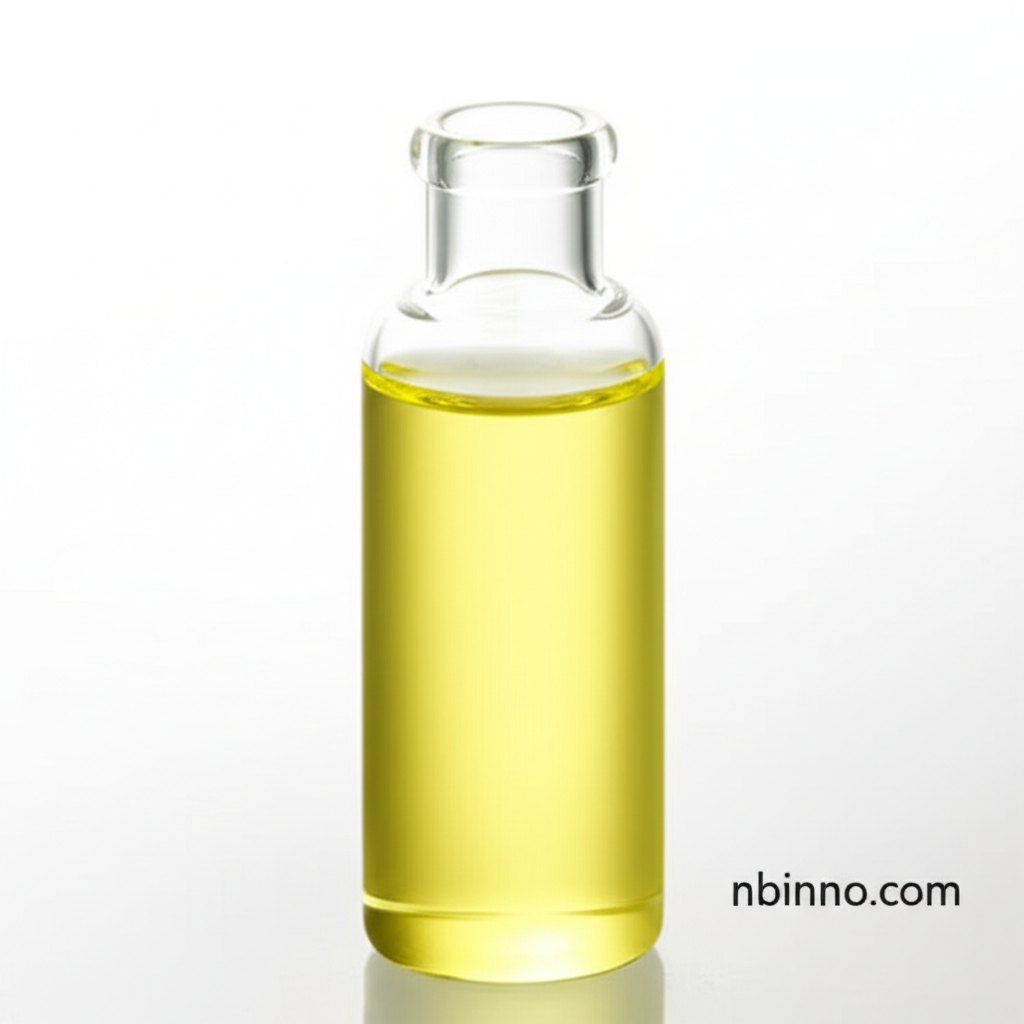Diethyleneglycol Diformate: Properties, Synthesis, and Applications
Explore the versatile uses and chemical profile of Diethyleneglycol Diformate (CAS 120570-77-6) for industrial and research applications.
Get a Quote & SampleProduct Core Value

Diethyleneglycol Diformate
Diethyleneglycol Diformate serves as a crucial chemical intermediate and functional additive, valued for its dual formate ester groups and flexible diethylene glycol backbone. Its excellent solubility and moderate volatility make it an effective plasticizer and solvent in various industries, including coatings, adhesives, and textiles.
- Key uses include applications as a plasticizer for resins and a versatile solvent for coatings and adhesives, leveraging its favorable solubility characteristics.
- As a chemical intermediate, it plays a role in the synthesis of polymers and other fine chemicals, enabling tailored material properties.
- Its structure allows for controlled release of formic acid upon hydrolysis, a property explored in certain industrial applications.
- Research highlights include sustainable synthesis methods and its role in functional polymers and as a solvent in textile applications.
Key Advantages
Versatile Solvent Properties
Possessing good solubility in water and polar organic solvents, it effectively dissolves resins, coatings, and dyes, contributing to efficient formulations.
Effective Plasticizer
Its molecular structure enhances the flexibility and workability of polymers like polyvinyl chloride, making it a valuable additive in plastic formulations.
Sustainable Synthesis Potential
Research is advancing greener synthesis routes, such as enzyme-catalyzed esterification, to improve environmental impact and reduce reliance on harsh chemicals.
Key Applications
Plasticizer for Resins
Used to increase flexibility and processability in polymers such as polyvinyl chloride and polyvinyl acetate, enhancing material performance.
Industrial Solvent
Acts as an effective solvent in paints, inks, adhesives, and textile dyeing, facilitating formulation and application processes.
Chemical Intermediate
Serves as a building block for synthesizing various fine chemicals, polymers, and specialty materials, enabling new product development.
Textile Auxiliaries
Plays a role in textile printing and dyeing processes, aiding in dye solubility and improving color fastness.
